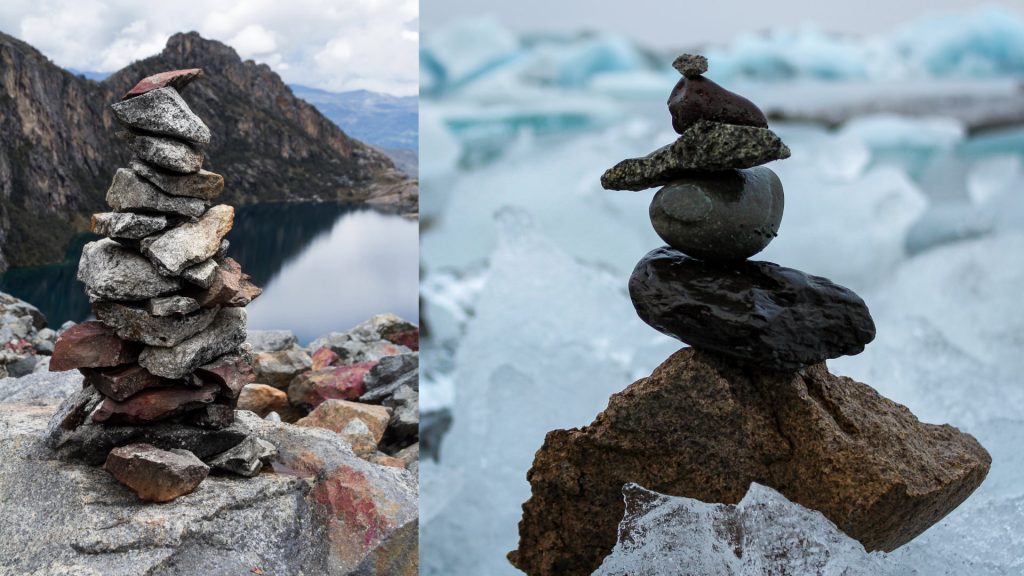The Apacheta: A Sacred Symbol Along the Trails of Peru
For many travelers venturing through the Andean highlands of Peru, a pile of stones on the roadside may seem like a simple landmark. But for those who understand its meaning, the apacheta is a powerful symbol, a sacred offering, a prayer, and a bridge between the physical and spiritual realms. These sacred stone mounds can be found along iconic trekking routes like the Inca Trail, Salkantay Trek, and paths leading to Humantay Lake, Ausangate, and even Rainbow Mountain.
The Apacheta: A Living Ritual from the Heart of the Andes
Dating back to pre-Hispanic times, apachetas were built by indigenous travelers who stopped at mountain passes, crossroads, or steep inclines. They offered stones as tokens of gratitude or protection. Each stone placed on the apacheta symbolized a silent prayer to Pachamama or to the Apus, the powerful mountain spirits of the Andes.
This tradition was more than a ritual. It was a deep act of reverence, a way to ask permission before entering new terrain or to seek spiritual strength to continue the journey. Travelers believed that these offerings to Pachamama could ease their fatigue, prevent misfortune, or heal ailments by transferring illness into the sacred stones.
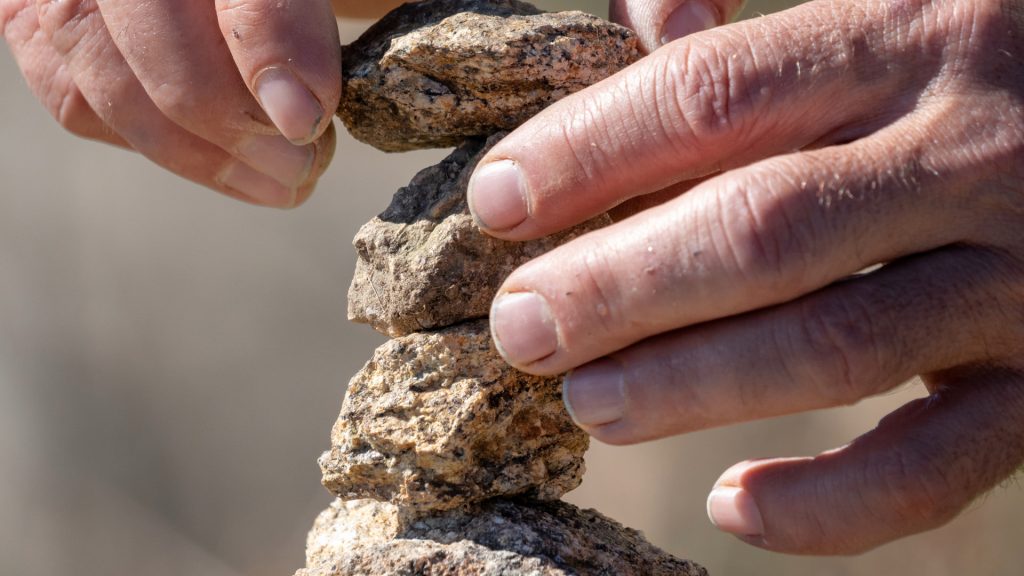
Where to Find an Apacheta
You can spot apachetas throughout the Andean landscape, especially in Cusco and its surrounding trekking circuits. Whether on winding roads, high-altitude passes, or cliffside trails, apachetas appear in varied forms: from three small stones stacked together to towering structures reaching over three meters high.
Their presence marks key transitions in geography and energy. From the approach to Machu Picchu through the Classic Inca Trail to the desolate beauty of Ausangate, these ceremonial mounds act as spiritual checkpoints, silently guiding those who pass.
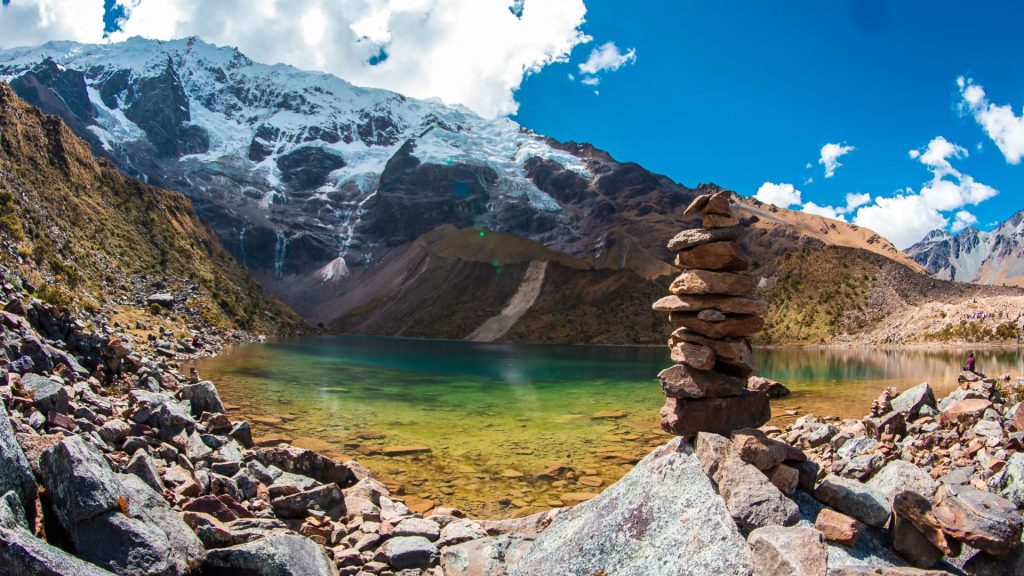
Modern Offerings: Ancient Devotion Endures
Though the world around them has changed, the ritual of the apacheta remains alive. Today, locals and trekkers alike contribute offerings not only of stones but of coca leaves, chicha, llama fat, personal objects like clothing fragments, or even coins and tobacco. Many still recite prayers or choose to pass in silent reverence, respecting the energy of the land.
These acts are more than folklore. They reflect a living connection between humans and nature, and a continued trust in the spiritual guardians of the mountains.
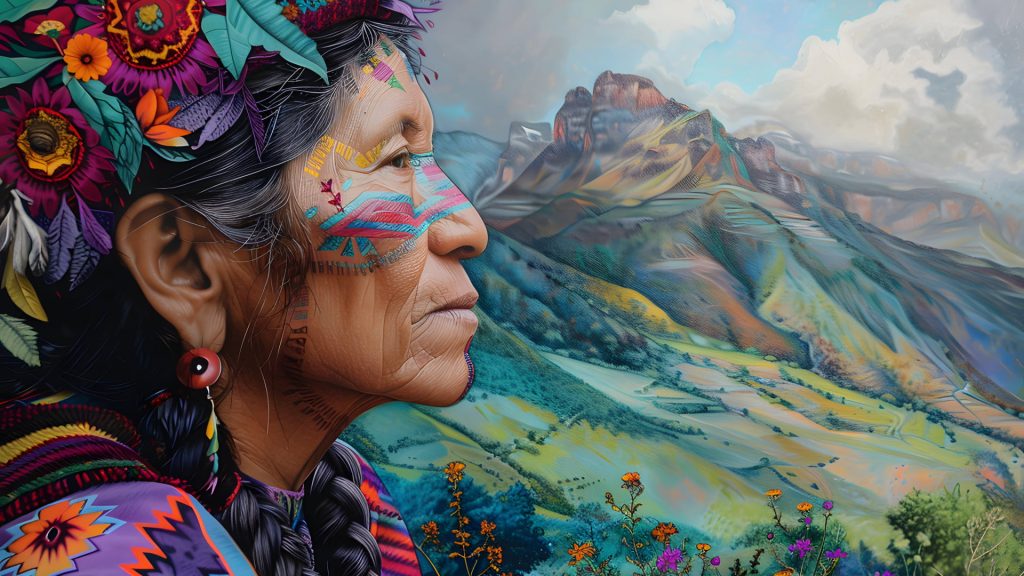
A Sacred Encounter on Your Trek
If you’re planning a spiritual or adventure-filled journey through Peru, Ali Peru Treks offers immersive experiences where these traditions are respected and shared. Trekking the Inca Trail or exploring alternative routes like the Salkantay Trek brings travelers face to face with the apacheta and its sacred significance.
Such encounters invite reflection, gratitude, and connection. Adding your own stone to an apacheta is more than a gesture, it’s a way of becoming part of the land’s story.
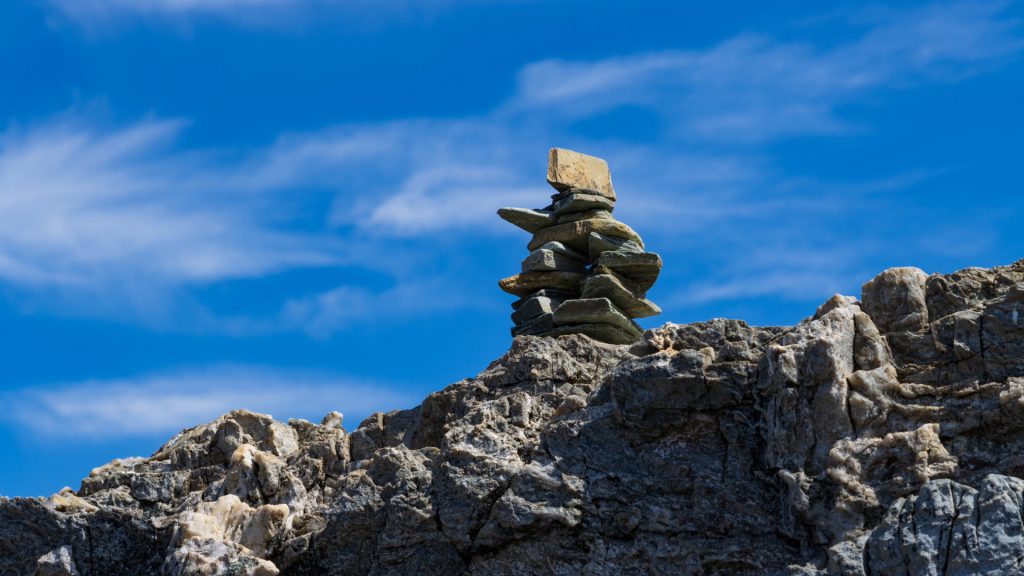
The Apacheta as Cultural Anchor
Amidst the grand beauty of Peru’s mountains, the apacheta stands humble but proud. These ceremonial mounds serve not only as physical markers but as spiritual anchors, reminding us that travel, especially in the Andes, is as much about the inner path as it is about the destination.
Whether you pause at one during your ascent to Rainbow Mountain or encounter one near the glaciered heights of Ausangate, know that you are stepping into a tradition that has carried prayers, hopes, and offerings for centuries. This sacred practice continues today, stone by sacred stone.
